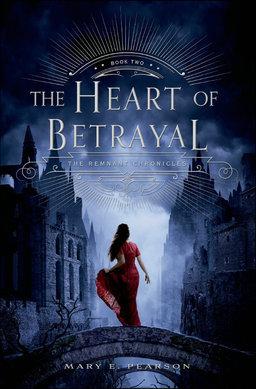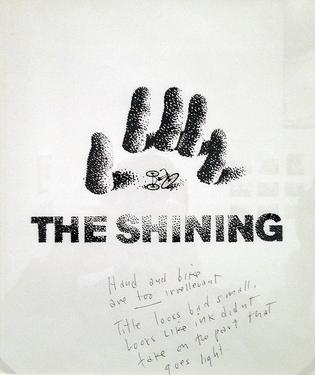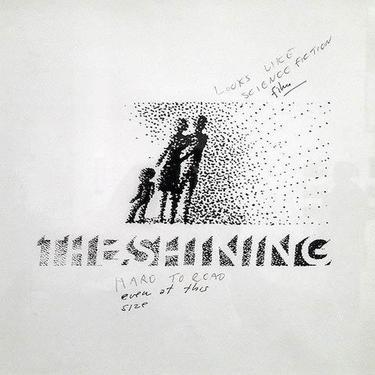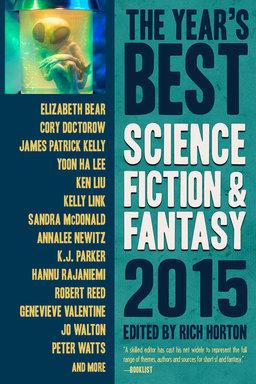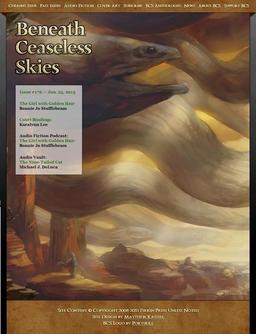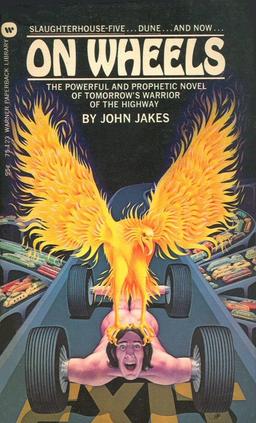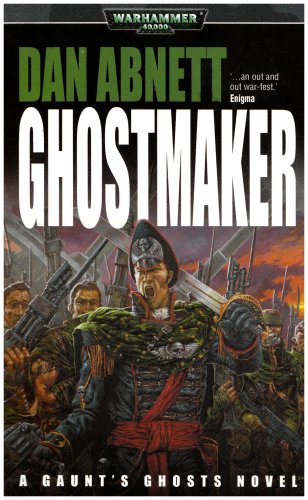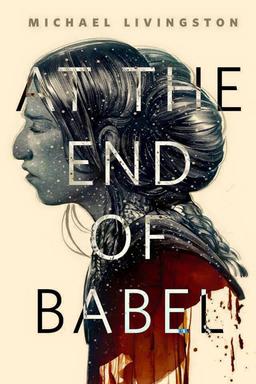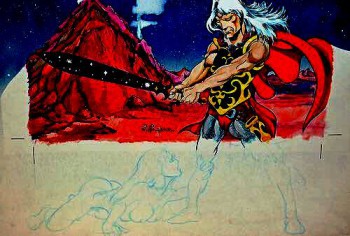More Than Just an Inventive Cyberpunk Romp: Ernest Cline’s Ready Player One
 I’m nostalgic for most things that belong to the age of my childhood and teenage years (i.e. the 70s and 80s), especially for things we now mostly think of as geek-ish (though that label was hardly admirable when I was a kid).
I’m nostalgic for most things that belong to the age of my childhood and teenage years (i.e. the 70s and 80s), especially for things we now mostly think of as geek-ish (though that label was hardly admirable when I was a kid).
In this spirit, I recently watched a very interesting documentary on Netflix called Atari: Game Over, about one man’s quest to find the (now legendary) dumping ground of Atari’s fabled mass of unsold game cartridges based upon the Steven Spielberg movie E. T. (And by the way, I highly recommend watching that very short documentary.)
Atari: Game Over includes footage of author Ernest Cline, who is about my age and seems to have similar 80s interests. Case in point: the man owns a DeLorean sports car like Marty McFly’s from Back to the Future.
Cline made his 2011 novel debut with Ready Player One. I’d heard nothing but great buzz about this book since it was first released. But since I’m not a gigantic fan of science fiction literature — I tend to read more fantasy and horror — I hadn’t really bothered to pick it up. After seeing the documentary I became more intrigued, and so I bought and read it.
Oh my goodness!
I can definitely say that I am now a huge Ernest Cline fan. What a great book! This was one of those books that I could not put down. I blazed through its nearly 400 pages in just two days — I would’ve done it in one if I hadn’t had real-life responsibilities. It was definitely something of an 80s nostalgia-fest, but that’s merely surface, and not integral to enjoying this book.
What’s Ready Player One about?
It starts in a dystopian near future — though not dystopian because of nukes or zombies. Rather, in Cline’s book our current fears are extrapolated to a world feeling the effects of increasing overpopulation, in terms of climate and economics. Many people are unemployed, and where once cushioned bastions were unaffected by such, like most of the United States, they are now populated with flimsy towers of RVs and trailer-homes (Jim Massey’s paperback cover presents this in awesome detail).
